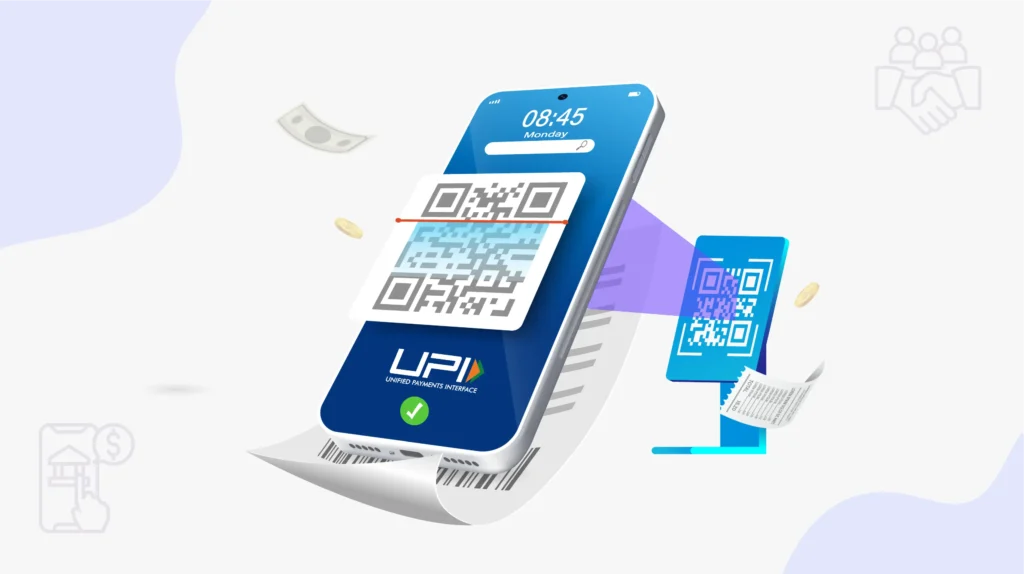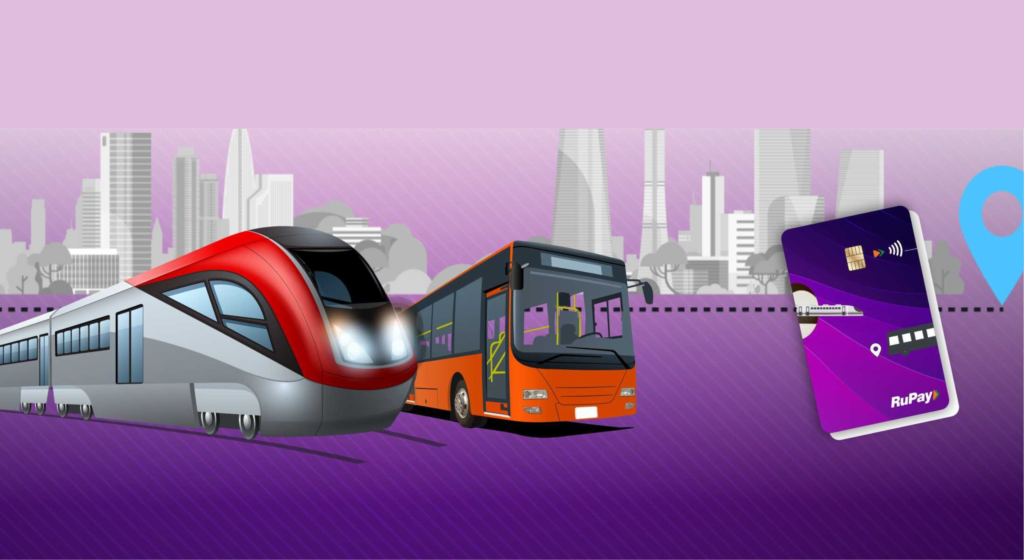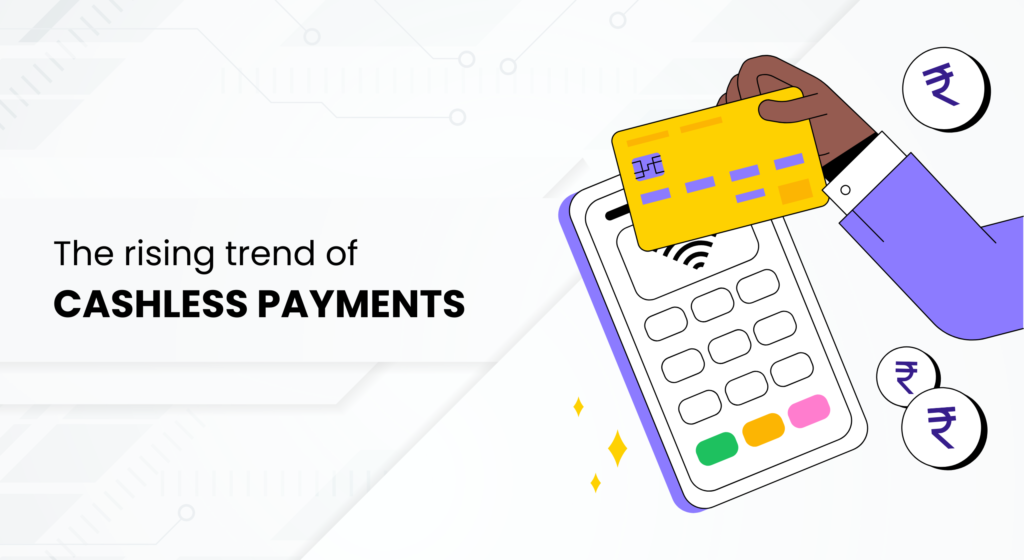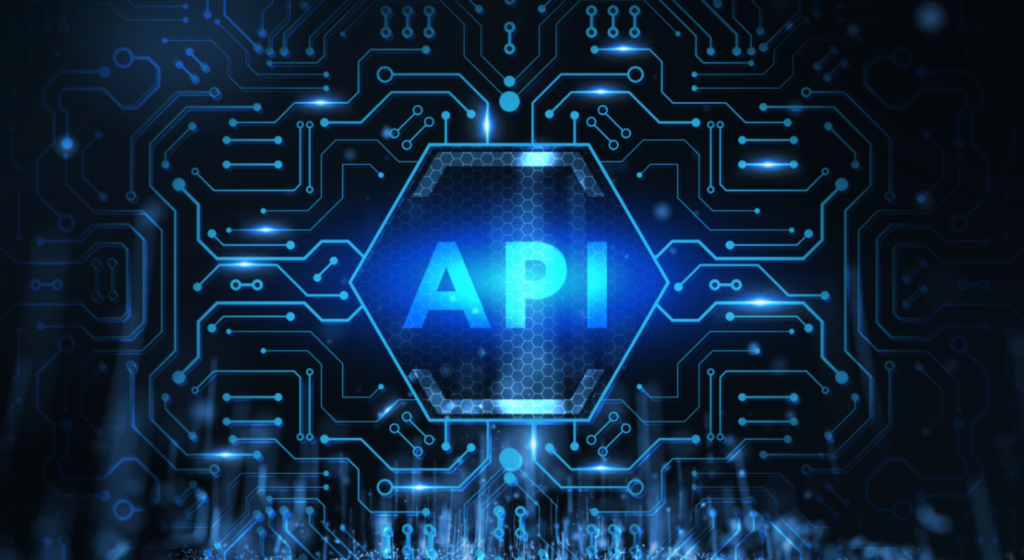Credit Line on UPI: A New Opportunity for Issuer Banks

Home / Blogs Table of contents What is Credit Line on UPI? Key Features Benefits for Banks Challenges for Banks Strategic Importance for Issuer Banks Conclusion The Unified Payments Interface (UPI) has transformed India’s digital payments landscape, and the introduction of Credit Line on UPI brings an exciting opportunity for banks to offer credit directly […]
Revolutionising Transit within India: Pure NCMC Cards for Effortless Mobility

Home / Blogs Table of contents Introduction Streamlining Travel Payments with Stand-alone NCMC Cards Effortless Payment Process with Pure NCMC Cards Transforming Travel with Pure NCMC Cards In India, where millions rely on public transportation for their daily commute, the introduction of the Pure National Common Mobility Card (NCMC) is a game-changer. The Pure NCMC […]
Unveiling the Potential of Credit Cards on UPI: Redefining Convenience and Reach

Home / Blogs Table of contents Introduction How Credit Cards and UPI Work Together The Impact: Making Payments Accessible to All How Credit Cards on UPI are Changing the Game Focus on User Experience Conclusion In the fast-changing world of digital payments, a novel payment method – Credit Card on UPI (Unified Payments […]
The Rising Trend of Cashless Payments

Home / Blogs Table of contents Introduction Key Benefits Conclusion In recent years, the world has witnessed a remarkable surge in the adoption of cashless payment methods. Cashless payment refers to any transaction that does not involve physical cash and utilises electronic methods to transfer funds. This can include various forms such as credit or […]
Fintech APIs are changing the landscape of financial services

Home / Blogs Table of contents Introduction What is an API and how does it work Digitalisation Benefits of Fintech APIs Strategic Importance for Issuer Banks Conclusion Over the past decade, technology has shown tremendous impact in many industries. With the change of customer behaviour and the emergence of regulatory compliances, the landscape of the […]
Aadhaar Pay – Digitisation of Payments in India

In Today’s world of Digitalisation, the Government of India (GoI) is taking steps to provide the infrastructure and technology to promote the digital payment ecosystem. GoI has initiated steps like BHIM Aadhaar Pay, an alternative for online and card based payment to popularize digital payments in Rural India which forms 65% of Indian Population. Aadhaar […]



